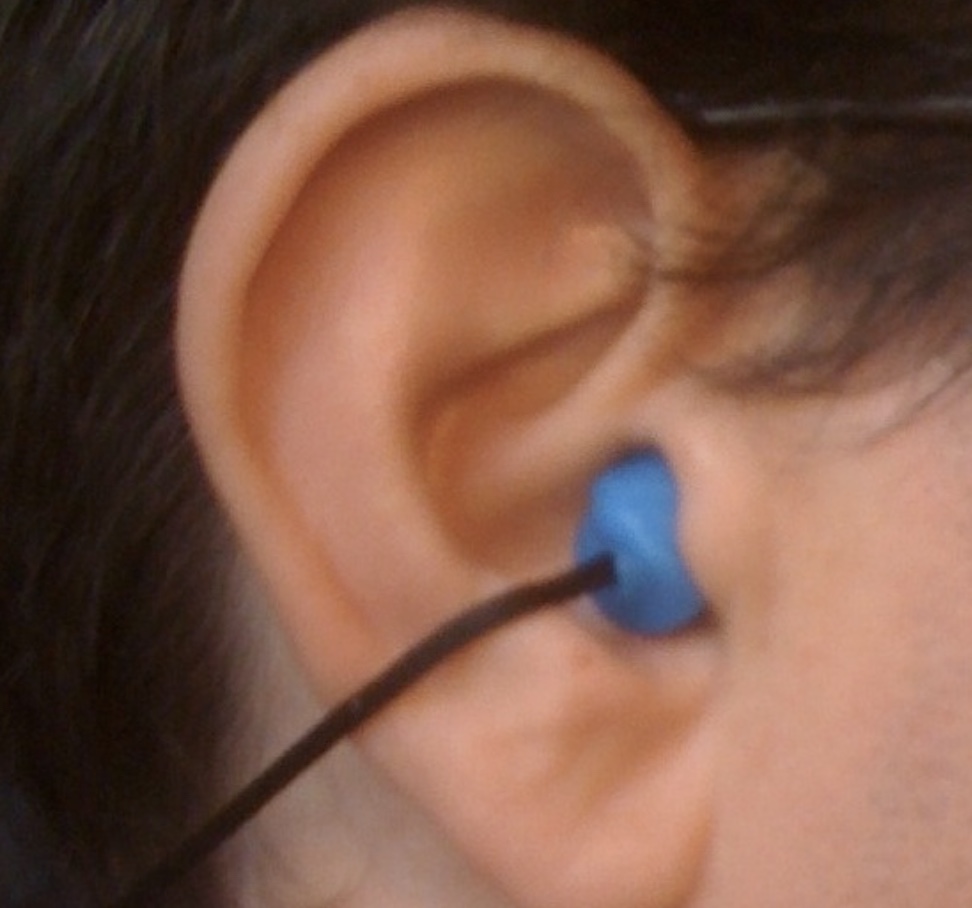When you’re seated in front of the window on an airplane, do you think about how loud it would be if the pilots were to say something? Usually not. But this past week, I was in a plane when they counted off “18…17…16…15” before landing. I looked out my window and watched us descend for what felt like forever until we finally landed.
The ride back home wasn’t much better—that short trip took more than an hour! For me, these experiences made me realize that the sound levels on the planes are not something you should take for granted. As a frequent flyer who used to have excruciating pain in my ears whenever I had flown, I have learnt that there are certain things I can do to prevent it. Use of ear plugs from Earjobs Australia is one of the most important steps that every frequent flyer should consider taking.
Eustachian tube (a tube that links pharynx to the middle ear) helps maintain pressure balance in the ears. That’s why nose blowing or yawning usually increases your ability to hear. It also reduces the swelling of Eustachian tube membranes and secures unobstructed passage of acoustical vibrations from external to internal ear canal.
The recent development of pressure regulating earplugs made it one of the earplugs using in commercial flights. The simple understanding of its work and effects on airplane travel gives an insight about its utility and importance. Pressurized and unpressurized cabin inside commercial airplanes makes it necessary too to reduce the changes of pressure on ears and nose.
I arranged to have a pair of these For-A Aviation normal pressure earplugs personally fitted for me at the Farnborough International Air show in Hampshire, United Kingdom by a pilot who works for a well known airline. I didn’t realize there was a good reason for a good fitting of aviation ear plugs and wasn’t aware of problems like clogged eustachian tubes or sudden hearing loss after flying until he told me more about them. So I’m grateful to him (Mark) for helping me out on this, and it is nice to be able to personally thank him here.
There are many different types of ear plugs that are available for your use. Each one has their own purpose, which you should consider when making your purchase. When choosing ear plugs you should consider the noise reduction rating ( NRR) . This will help determine the amount of sound that it can block out to be safe for your hearing protection.
Soft ear plugs are made for comfort in wearing in both ears. They are preformed, making it easy to insert them into the ear. The ear plug soon become soft when it is warmed by body temperature. This is after 5 to 10 minutes of wearing them. Most of these are disposable and not recommended for long term use.
Headphone-induced hearing loss is a major problem. Many rock stars like Chris Martin of Coldplay say that the higher you blast the music, the better. There are many reports warning listeners about higher volume levels causing permanent damage to ear drums, but there are ways that users can protect themselves. Earplugs are small devices that make direct contact with the ear. They can be placed inside or outside of the canal, but most people prefer the comfort and fit of putting them inside. Ear plugs are made to protect against high-decibel sounds and cold temperatures.






